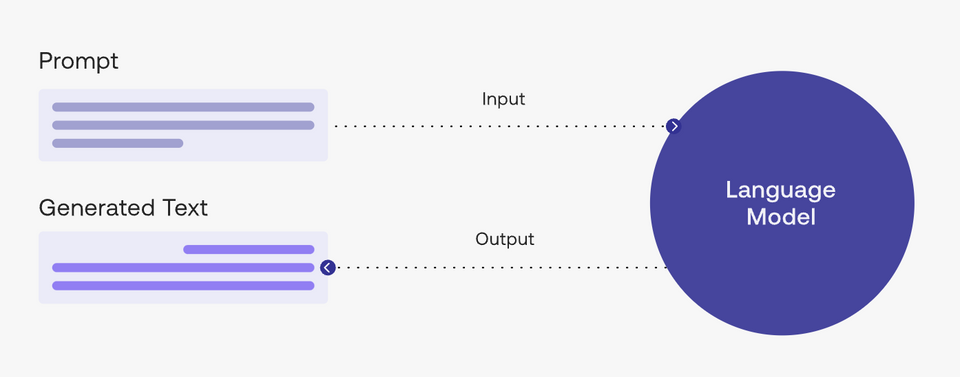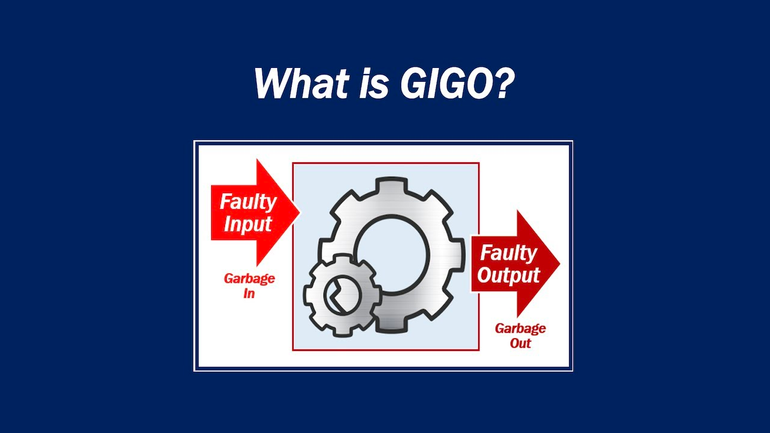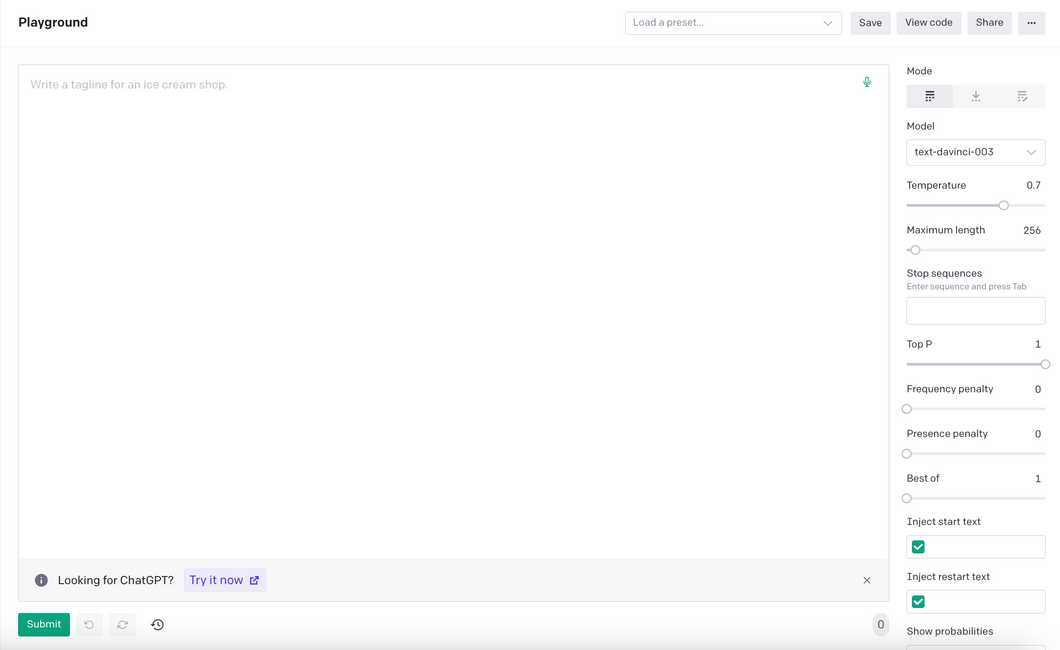Chat Prompt GPT, Midjourney
Search and store tool for GPT Chat Prompt, Midjourney
Welcome to Chat-Prompt.com, a searchable database and platform for exchanging templates for use with the Chat GPT and other AI models.
A text-based request can instruct the ChatGPT model, a big language model developed by OpenAI, to produce text that resembles human writing. Although it can assist you in producing responses, ChatGPT will be unable to do so if the input is inaccurate or does not properly express your goals. Because of this, Chat-Prompt.com was developed to make it easier for you to store and find intriguing prompts to produce the outcomes you need.
You can find a variety of templates in different sectors and topics in Chat-repository Prompt's to meet your demands. To save time while still doing the task precisely and fast, we want to encourage everyone to develop new templates for the community.
You only need to click the copy button on the templates you want to use as input for the Chat GPT to get started utilizing them. These templates might serve as models for new ones that you design.
We hope that Chat-Prompt.com will be a resource for you to find helpful templates to utilize with ChatGPT.
Maintaining a Healthy Work-Life Balance as [Language] Developer: Tips and Advice
Provide advice on how to maintain a healthy work-life balance as a [language] developer.
Refactoring [language] Code: Tips to Improve Conciseness and Maintainability
Suggest ways to refactor the given [language] code to make it more concise and maintainable: [code snippet].
Proposing a Consistent Coding Style for [Language] Code
Propose a consistent coding style for the given [language] code that aligns with best practices: [code snippet].
Improving The Readability Of The Given [language] Code: Tips and Suggestions
Evaluate the readability of the given [language] code and suggest improvements: [code snippet].
Tips for Creating CRUD Code and Database Interaction
Generate a CRUD (Create, Read, Update, Delete) [language] code for a [type of application or service] that interacts with a [type of database]: [application or service description].
Top Code Scaffolding Tools for Streamlining Development in Any Language
Suggest a code scaffolding tool or library for the given [language] that helps streamline the development process.
How to Generate a Language Code Template for an Application Following Best Practices
Generate a [language] code template for a [type of application or service] that follows best practices: [application or service description].
Evaluating Compatibility and Performance of [Language] Code with [Specific Technology or Platform]
Evaluate the compatibility and performance of the given [language] code when interacting with [specific technology or platform]: [code snippet].
Best Practices for Building and Maintaining a Language Codebase Integrating Third-Party Services or APIs
Recommend best practices for building and maintaining a [language] codebase that integrates with multiple third-party services or APIs.
Creating Mapping Solutions for Language Code Interfacing with External Data Source or Format
Propose a data transformation or mapping solution for the given [language] code to interface with [external data source or format]: [code snippet].
Effective Strategies for Integrating [Language] Code with External Systems or API: An Opinion
Suggest a strategy for integrating the given [language] code with [external system or API]: [code snippet].
Using [language] for API Interaction: A Quick Guide
Write a [language] code to interact with the following API: [API documentation or reference].
Best Practices for Structuring a RESTful API in [Language], Including [Code Snippet]
Propose a RESTful API structure for the given [language] code that follows best practices: [code snippet].
How to Write an Effective API Reference for Any Programming Language
Write an API reference for the following [language] code: [code snippet].
Navigating the Codebase and Development Process of Open-Source Project in [Language]
Provide guidance on navigating the codebase and development process of the given [language] open-source project: [repository URL or project description].
Effective Techniques for Remote Pair Programming and Code Review Sessions Among Distributed Developers
Propose techniques for remote pair programming and code review sessions among distributed [language] developers.
Best Encryption and Hashing Algorithms for Securing Sensitive Data in [Language] Code: [Code Snippet]
Suggest encryption or hashing algorithms to secure sensitive data in the given [language] code: [code snippet].
Analyzing the Security of [Language] Code in Compliance with Specific Industry Standards: [Code Snippet]
Analyze the security of the given [language] code in the context of [specific industry standards or regulations]: [code snippet].
How to Evaluate Security of a Programming Code and Suggest Improvements
Evaluate the security of the given [language] code and suggest improvements: [code snippet].
Analyzing [Language] Code Performance in Different Environments and Hardware Configurations
Analyze the performance of the following [language] code in different environments or hardware configurations: [code snippet].
Techniques for Optimizing Code Performance in [Language]
Compare the performance of the given [language] code using different optimization techniques or libraries: [code snippet].
Improving [Language] Code Performance: Parallelization and Distribution Techniques
Suggest ways to parallelize or distribute the following [language] code to improve its performance: [code snippet].
Improving Memory Usage of [Language] Code: Proposed Changes
Propose changes to the given [language] code to improve its memory usage: [code snippet].
Identifying Performance Bottlenecks & Optimizations in [Language] Code
Identify performance bottlenecks in the given [language] code and suggest optimizations: [code snippet].
Enhancing Code Architecture and Functionality with Design Patterns
Propose a combination of design patterns that can be used to enhance the given [language] code's architecture and functionality: [code snippet].
Evaluating the Effectiveness of Design Patterns in Code: A Critical Analysis
Evaluate the effectiveness of the [design pattern] in addressing the specific requirements or constraints of the given [language] code: [code snippet].
Design Pattern to Optimize [Language] Code Performance for [Specific Task]: [Code Snippet]
Suggest a design pattern to optimize the performance of the given [language] code handling [specific task or operation]: [code snippet].
Pros and Cons of Two Design Patterns in [Language] Code: A Comparison
Compare the pros and cons of using [design pattern 1] vs [design pattern 2] in the context of the given [language] code: [code snippet].
Applying Design Patterns in Code: Solving Specific Issues with [Language]
Explain how the [design pattern] can be applied in the given [language] code to address [specific issue or challenge]: [code snippet].
Suggesting Alternative Design Patterns for [Language] Code - Enhance Code Performance and Offer Better Benefits
Suggest an alternative design pattern for the given [language] code that may provide additional benefits: [code snippet].
What is “prompt engineering”?
A “prompt” is the input that guides a generative AI model to generate useful outputs. Generative AI tools like ChatGPT, GPTs, DALL·E 2, Stable Diffusion, Midjourney, etc. all require prompting as their input.

In a natural language processing (NLP) context, “prompt engineering” is the process of discovering inputs that yield desirable or useful results. As is the story with any processes, better inputs yield better outputs; or commonly said another way “garbage in, garbage out.”


Become a prompt researcher instead of engineer
- If you’re already a subject matter expert in something, consider figuring out how to apply your personal skills to generating the best prompts in your field
- For example, if you’re an expert in SEO, what questions do you ask yourself when creating SEO strategies? How can you translate this knowledge into better prompts to generate the same level of output with AI?
Become a prompt researcher instead of engineer
- The term prompt engineer glosses over the idea that prompt formulation takes hypothesizing, research, result measurement, and repetition. Instead, approach prompting like a research project.
- Try as many different variations and formulations of your prompt as possible. One problem can have hundreds of solutions and one solution can have hundreds of approaches. The same can be said of prompting.